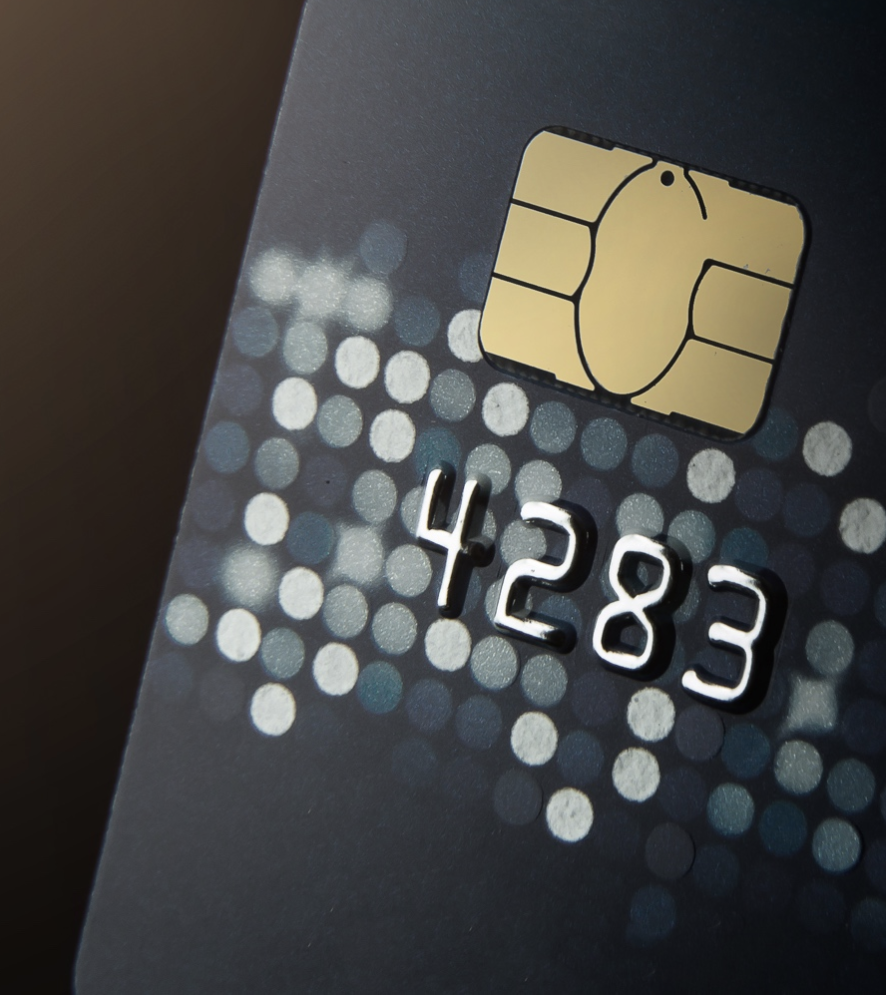We all know credit cards charge interest if you carry a balance. But how are interest charges actually calculated?
It can be enlightening to see how rates are applied. Hopefully, it motivates you to pay off those cards as quickly as possible!
What is APR? At the core of understanding how finance charges are calculated is the APR, short for Annual Percentage Rate. Most credit cards now use a variable rate, which means the interest rate can adjust with the prime rate, which is the lowest interest rate available (for any entity that is not a bank) to borrow money. Banks use the prime rate for their best customers to provide funds for mortgages, loans, and credit cards.¹ Credit card companies charge a higher rate than prime, but their rate often moves in tandem with the prime rate. As of the second quarter of 2020, the average credit card interest rate on existing accounts was 14.58%.²
While the Annual Percentage Rate is a yearly rate, as its name suggests, the interest on credit card balances is calculated monthly based on an average daily balance. You may also have multiple APRs on the same account, with a separate APR for balance transfers, cash advances, and late balances.
Periodic Interest Rate. The APR is used to calculate the Periodic Interest Rate, which is a daily rate. 15% divided by 365 days in a year = 0.00041095 (the periodic rate), for example.
Average Daily Balance. If you use your credit card regularly, the balance will change with each purchase. So if credit card companies charged interest based on the balance on a given date, it would be easy to minimize the interest charges by timing your payment. This isn’t the case, however—unless you pay in full—because the interest will be based on the average daily balance for the entire billing cycle.
Let’s look at some round numbers and a 30-day billing cycle as an example.
Day 1: Balance $1,000 Day 10: Purchase $500, Balance $1,500 Day 20: Purchase $200, Balance $1,700 Day 28: Payment $700, Balance $1,000
To calculate the average daily balance, you would need to determine how many days you had at each balance.
$1,000 x 9 days $1,500 x 10 days $1,700 x 8 days $1,000 x 3 days
Some of the multiplied numbers below might look alarming, but after we divide by the number of days in the billing cycle (30), we’ll have the average daily balance. ($9,000 + $15,000 + $13,600 + $3,000)/30 = $1,353.33 (the average daily balance)
Here’s an eye-opener: If the $1,000 ending balance isn’t paid in full, interest is charged on the $1353.33, not $1,000.
We’ll also assume an interest rate of 15%, which gives a periodic (daily) rate of 0.00041095.
$1,353.33 x (0.00041095 x 30) = $16.68 finance charge
$16.68 may not sound like a lot of money, but this example is a small fraction of the average household credit card debt, which is $8,645 for households that carry balances as of 2019.³ At 15% interest, average households with balances are paying $1,297 per year in interest. Wow! What could you do with that $1,297 that could have been saved?
That was a lot of math, but it’s important to know why you’re paying what you might be paying in interest charges. Hopefully this knowledge will help you minimize future interest buildup!
Did you know?
When you make a payment, the payment is applied to interest first, with any remainder applied to the balance. This is why it can take so long to pay down a credit card, particularly a high-interest credit card. In effect, you can end up paying for the same purchase several times over due to how little is applied to the balance if you are just making minimum payments.
¹ “Prime Rate Definition,” James Chen, Investopedia, Sep 25, 2022, https://www.investopedia.com/terms/p/primerate.asp
² “What Is the Average Credit Card Interest Rate?,” Adam McCann, WalletHub, Nov 29, 2022, https://wallethub.com/edu/average-credit-card-interest-rate/50841/
³ “Credit Card Debt Study,” Alina Comoreanu, WalletHub, Nov 17, 2022, https://wallethub.com/edu/cc/credit-card-debt-study/24400
